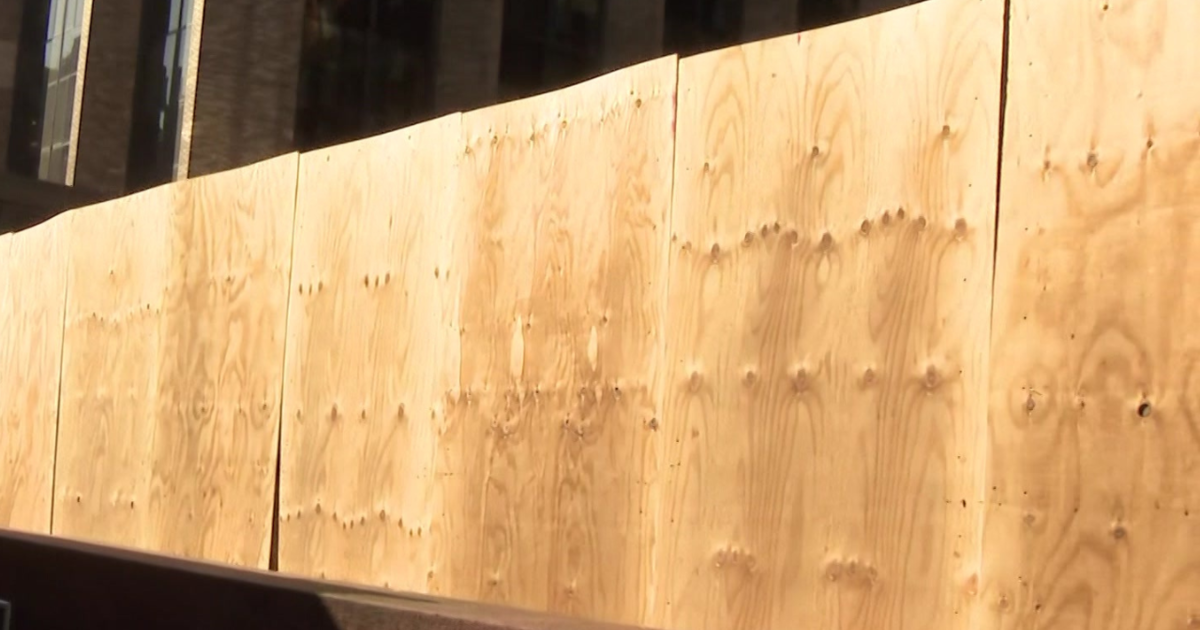No East Coast Tsunami Warning, National Weather Service Says
NEW YORK (CBSNewYork/AP) -- Some people on the East Coast got a push alert on their phones about a tsunami warning, but the National Weather Service says it was just a test.
The National Tsunami Warning Center sent a test message around 8:30 a.m. Tuesday. Users of the popular Accuweather app then got a false tsunami alert. The message was sent to users throughout the East Coast, the Gulf of Mexico and the Caribbean.
After the message went out, the National Weather Service tweeted that there was no tsunami warning.
"A Tsunami Test was conducted earlier this morning, that did have TEST in the message," the National Weather Service in New York tweeted. "We are currently trying to find out how a message went out as a warning."
"A Tsunami Warning is not in effect. Repeat, a Tsunami Warning is not in effect," the NWS in Charleston, South Carolina tweeted.
A recorded phone message from the National Weather Service said, "We are currently looking into why the test message was communicated as an actual tsunami warning."
The National Weather Service said it was investigating why the test message was sent as an official warning, and said private-sector partners were to did not recognize the test code.
"Our investigation into this routine monthly tsunami test message confirmed that it was coded as a test message. We are working with private sector companies to determine why some systems did not recognize the coding," the NWS said in a statement. "Private sector partners perform a valuable service in disseminating warnings to the public. We will continue to work with our partners to prevent this from occurring again."
But State College, Pennsylvania-based AccuWeather blamed the NWS for the false alarm, and said the weather service had in fact "miscoded'' a test message as a real warning. The word "TEST'' was in the header of the message, but the private forecaster said it passes along weather service warnings based on a computer scan of codes.
"Tsunami warnings are handled with the utmost concern by AccuWeather and it has sophisticated algorithms to scan the entire message, not just header words, as from the time of a warning to the actual event can be mere minutes,'' the forecaster said in a statement.
"AccuWeather was correct in reading the mistaken NWS codes embedded in the warning. The responsibility is on the NWS to properly and consistently code the messages, for only they know if the message is correct or not,'' AccuWeather said.
The weather service said earlier Tuesday that it's looking into why the test message was transmitted as a real alert. It did not immediately respond to AccuWeather's assertions.
The weather service said the false alarm didn't appear on any of its communications channels, but AccuWeather said some NWS web pages did show the warning.
Jeremy DaRos, of Portland, Maine, said the alert made him "jump'' because he lives a stone's throw from the water and was aware of recent spate of small earthquakes that made the alert seem plausible.
"Looking out the window and seeing the ocean puts you in a different frame of mind when you get a tsunami warning,'' he said. He said that after clicking on the push notification for details he realized it was just a test.
Coincidentally, the alert went out as Congress was having a hearing Tuesday morning about accidental emergency warnings following what happened in Hawaii last month.
A now-fired Hawaii state worker sent a false missile alert, inciting panic and chaos across the island chain until a correction was sent almost 40 minutes later.
Congressman Dan Donovan said this types of mistakes undermine confidence in the system.
(© Copyright 2018 CBS Broadcasting Inc. All Rights Reserved. The Associated Press contributed to this report.)



